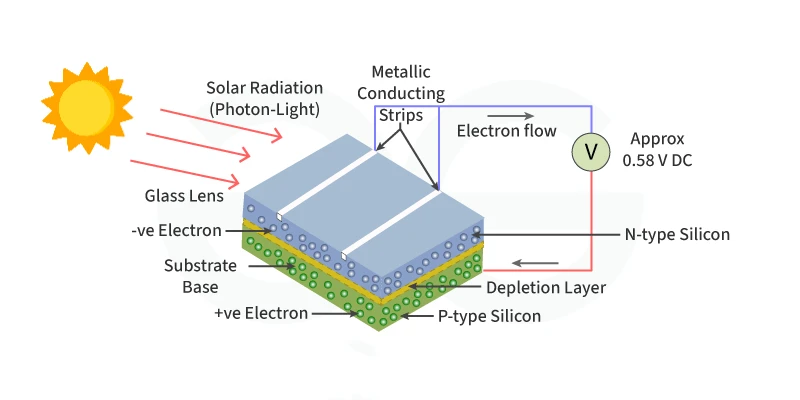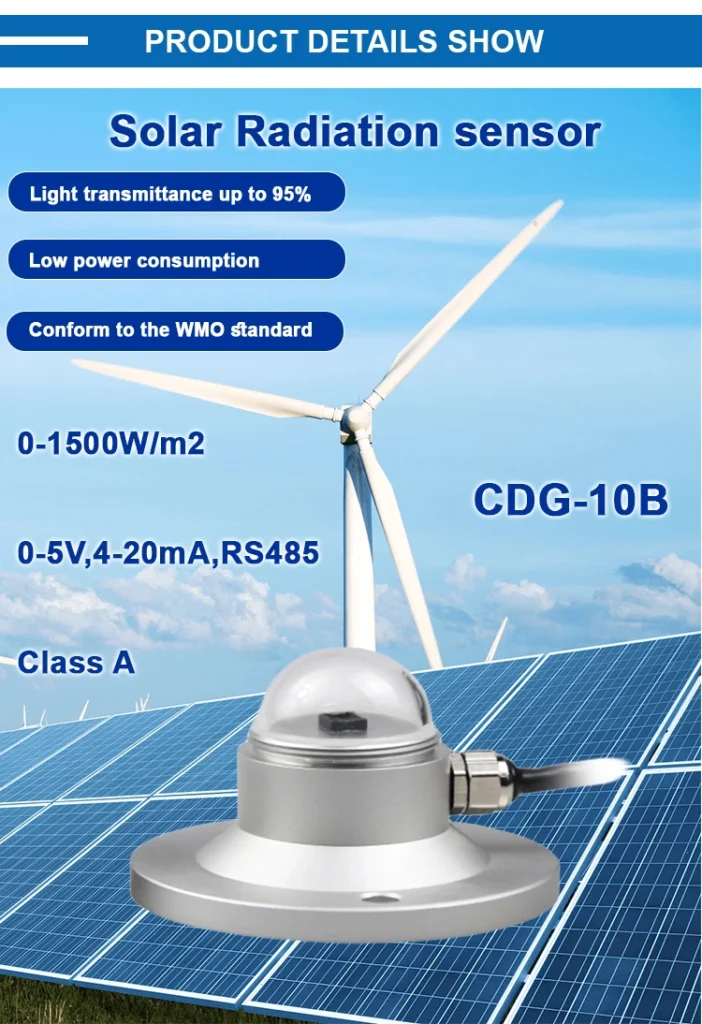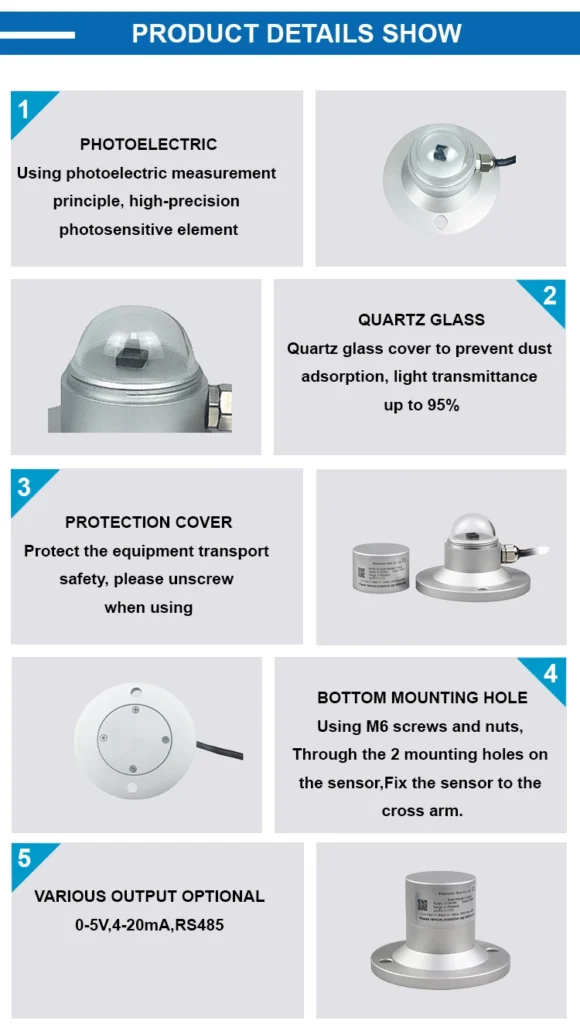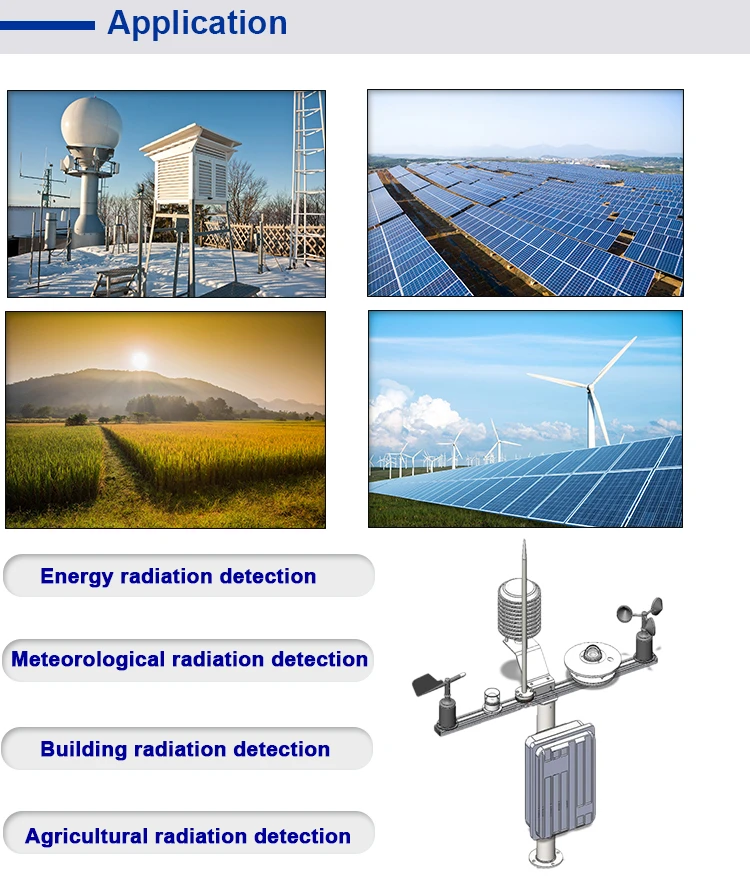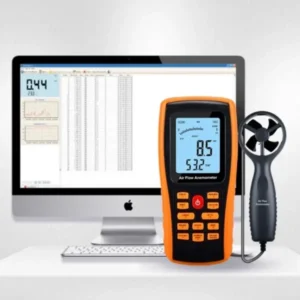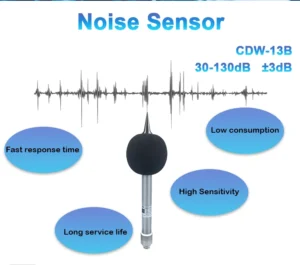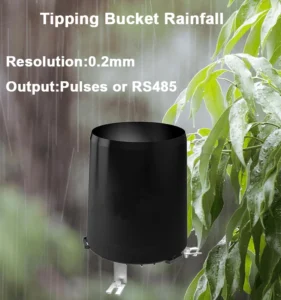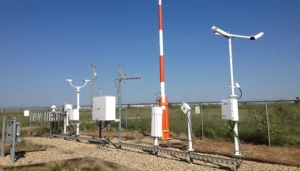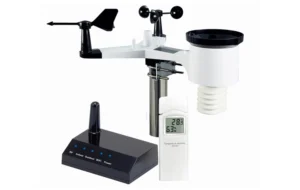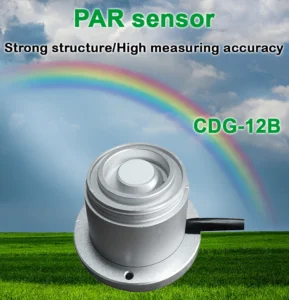PV Sensors: Principles, Applications, and Developments
1. Introduction
In today’s tech world, photovoltaic (PV) sensors are important tools with many uses. These sensors use the photovoltaic effect. They can detect and measure light. Then, they change light into electrical signals.
These signals can be analyzed and used in various monitoring systems. As the need for renewable energy increases, the role of PV sensors is becoming more important. These sensors play a key role in many areas.
2. Working Principle
2.1 The Photovoltaic Effect
The main idea behind a PV sensor is the photovoltaic effect. When light particles, known as photons, strike a PV sensor made of a semiconductor, they transfer their energy. This semiconductor is often made of silicon. The energy from the photons excites the electrons in the semiconductor.
In a PV cell, a key part of PV sensors, engineers make a p-n junction. They do this by adding impurities to the semiconductor material. The p-type semiconductor has more holes, which are positive charge carriers. The n-type semiconductor has more electrons.
2.2 Construction of PV Sensors
PV irradiance sensor usually have several PV cells linked together in series or parallel. This setup helps achieve the needed voltage and current output.
The cells are usually covered with a protective case. This keeps them safe from moisture, dust, and damage. An anti-reflective coating is also added to the sensor’s surface. This helps to absorb more light.
3. Types of PV Sensors
3.1 Silicon – based PV Sensors
Silicon is the most common material used in PV sensor. It is abundant, low-cost, and has well-known semiconductor properties. Experts can further classify silicon-based PV sensor into single-crystal, polycrystalline, and amorphous silicon sensors.
Single-crystal silicon PV sensor: These sensors are made from one crystal of silicon. This creates a very ordered structure. This structure helps charge carriers move easily. As a result, it leads to high conversion efficiencies.
People often use single-crystal silicon PV sensors where they need high performance and reliability. This includes solar panels in space and advanced scientific tools.
Polycrystalline silicon PV sensors are made of many small silicon crystals. They convert sunlight to energy less efficiently than single-crystal sensors. However, they are cheaper to produce. These sensors are often used in large solar power plants and commercial PV setups.
Amorphous silicon PV sensor: Amorphous silicon has a messy atomic structure. Manufacturers can produce these sensors at a low cost. They can also place them on flexible materials. This makes them ideal for thin-film solar cells and flexible PV modules.
3.2 Thin – Film PV Sensors
Sensors PV in pellicula tenui fiunt. Hoc fit per depositionem strati tenui materiae semiconductoris. Exempla sunt cadmium telluride (CdTe), cuprum indium gallium selenide (CIGS), et gallium arsenide (GaAs). Haec strata ponuntur super substratum.
CdTe PV sensors: CdTe-based PV sensors work well and are affordable for large-scale solar energy use. However, concerns about the toxicity of cadmium have led to increased research on recycling and proper disposal methods.
CIGS PV sensors have high conversion efficiencies and can be produced at a low cost. They work well for both rooftop and large solar pv installations.
GaAs PV sensor are known for being very efficient. They work well in high accuracy temperatures and bright light conditions. People often use them in space applications and concentrator photovoltaics. In these cases, strong sunlight focuses on a small area of the sensor.
4. Applications of PV Sensors
4.1 Solar Energy Systems
PV sensor are at the heart of solar energy systems. In solar power plants, operators use large groups of solar panels to turn sunlight into electricity. These sensors play a vital role in optimizing the energy production of the system.
By measuring sunlight, system controllers can adjust the tilt and direction of the solar panels. This helps to capture more energy during the day.
Sensors can also check how well each solar panel works. They can spot early signs of damage or issues. This cuts down on downtime and maintenance costs. It also boosts the efficiency and reliability of the solar energy system.
4.2 Photodetectors in Analytical Instruments
PV sensors are commonly used as photodetectors in many analytical tools. For example, spectrophotometers use these sensors.
These sensors measure the strength of light after it goes through a sample. The electrical signal from the PV sensor depends on how much light the sample absorbs or lets through. This helps us analyze the sample’s chemical makeup and properties accurately.
PV sensors are used in fluorescence spectrometers. They detect the light that a sample gives off when excited by a certain wavelength.
4.3 Environmental Monitoring
In environmental monitoring, researchers use PV sensors to measure sunlight. This data helps us understand the Earth’s energy balance, climate change, and weather predictions.
Pyranometers are a type of Sensor. They measure global solar radiation, which includes direct and diffuse radiation. Scientists can study how solar energy affects the atmosphere, oceans, and land by monitoring solar radiation all the time.
PV sensors can work with other sensors, such as module temperature sensor and humidity sensors. This helps us understand the environment more clearly.
4.4 Consumer Electronics
PV sensors are finding their way into consumer electronics products. For example, some smartphones use Sensors. These sensors automatically change the screen brightness based on the light around them. This not only improves the user experience but also helps to conserve battery power.
PV sensors are used in digital cameras to measure light intensity. This helps the camera adjust exposure settings for better image quality.
Some wearable devices, like smartwatches, use PV sensors. These sensors recharge the battery with ambient light. This helps to extend the device’s battery life.
5. Conclusion
Photovoltaic sensors have come a long way since they were first made. They are now important in many tech and energy uses. Their ability to convert light into electrical energy is both efficient and reliable. This makes them a great option for renewable energy and advanced sensing technologies.
As research aims to improve efficiency, cost, durability, and integration, PV sensors will grow in importance. They will help create a sustainable and advanced future. Innovators will use PV sensors in solar energy, environmental monitoring, and consumer electronics. This will boost innovation and improve the performance of many systems.
